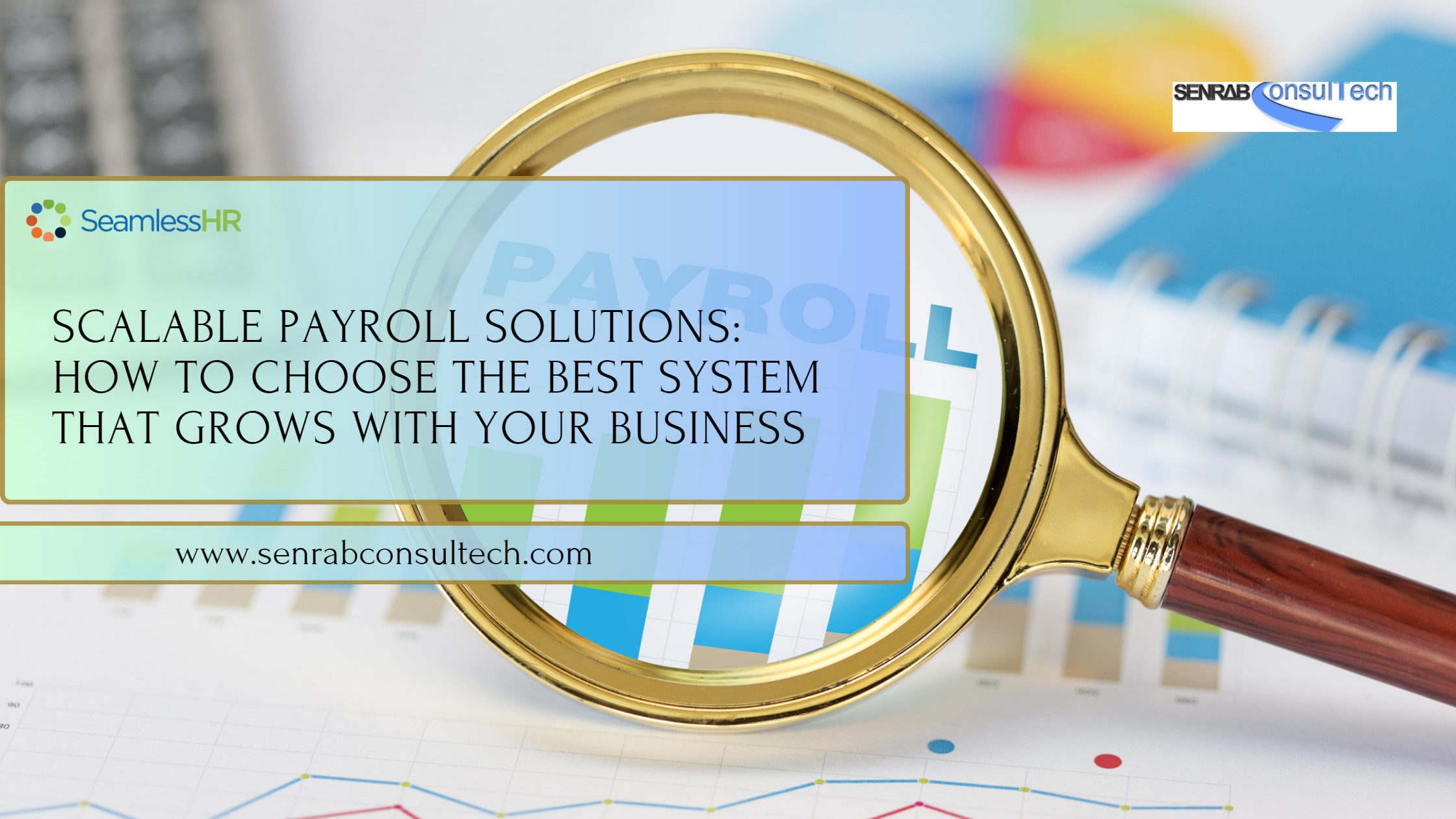Mastering HR policies is crucial to maintaining a successful and compliant workplace. Clear and well-structured HR policies not only ensure legal compliance but also foster a fair and consistent work environment.
By revolutionizing your HR policies, you can create an environment where clarity and consistency fuel productivity and employee satisfaction. Let’s explore the transformative strategies that can turn your workplace into a thriving hub of success.
Understanding The Basics Of HR Policies
HR policies are formal guidelines established by organizations to manage employee relations and ensure compliance with legal and ethical standards. These policies cover a wide range of topics, including recruitment, employee conduct, compensation, and termination procedures.
The primary purpose of HR policies is to provide a consistent framework for managing employees and to protect both the organization and its employees from potential legal issues. Well-crafted policies promote fairness, clarity, and transparency within the workplace.

Key Components Of Effective HR Policies
Clarity And Specificity
Effective HR policies must be clear and specific. Ambiguous language can lead to misunderstandings and inconsistencies in policy application. Ensure that each policy is written in straightforward language and includes precise details about expectations, procedures, and consequences. For example, instead of stating “employees should dress professionally,” specify what constitutes professional attire within the organization.
Relevance
The policies should be relevant to the organization’s current operations, industry standards, and legal requirements. Regularly review and update policies to reflect any changes in labor laws, regulations, or company practices. This helps to ensure that policies remain applicable and effective in addressing contemporary issues.
Inclusivity
A comprehensive set of policies covers all aspects of the employee lifecycle, from recruitment to termination. This includes policies on equal opportunity employment, harassment, performance management, and employee benefits. By addressing all these areas, organizations can create a well-rounded policy framework that supports various employee needs and situations.
Best Practices For Developing HR Policies
Stakeholder Involvement
Involving key stakeholders in the development of policies is crucial for creating policies that are both practical and effective. Engage managers, employees, and legal advisors in the policy creation process to ensure that the policies address real-world challenges and comply with legal requirements. This collaborative approach helps in gaining buy-in and enhancing the credibility of the policies.
Legal Compliance
Keeping HR policies up-to-date with the latest labor laws and regulations is essential for avoiding legal disputes and penalties. Regularly consult with legal experts or HR consultants to review policies and make necessary adjustments. Compliance with laws such as the Fair Labor Standards Act (FLSA) and the Equal Employment Opportunity Commission (EEOC) guidelines helps safeguard the organization from legal risks.
Regular Review And Updates
Policies should not be static documents; they require periodic reviews and updates to stay relevant. Establish a schedule for reviewing policies—annually or bi-annually—and make updates as needed based on changes in laws, organizational needs, or feedback from employees. This proactive approach helps in maintaining effective policies that adapt to evolving business environments.
Communicating HR Policies Effectively
Onboarding
Integrating HR policies into the onboarding process for new hires is crucial for ensuring that employees understand organizational expectations from the start. Provide new employees with a comprehensive employee handbook that outlines key policies and procedures. This initial introduction helps set the tone for adherence to policies and reduces the likelihood of misunderstandings later on.
Ongoing Communication
Effective communication of HR policies goes beyond onboarding. Utilize various channels, such as the company intranet, newsletters, and regular team meetings, to keep policies accessible and top-of-mind. Regular reminders and updates ensure that employees remain informed about any changes or new policies.
Training
Providing regular training sessions on HR policies helps reinforce understanding and compliance. Conduct training workshops or e-learning modules to educate employees about key policies, such as anti-harassment or safety procedures. Ongoing training ensures that employees are aware of their responsibilities and the consequences of policy violations.
Implementing And Enforcing HR Policies
Consistency
Consistency in applying HR policies is vital for maintaining fairness and avoiding discrimination. Ensure that all employees, regardless of their position or tenure, are subject to the same policies and procedures. Consistent enforcement helps build trust and credibility within the organization.
Monitoring And Evaluation
Track the effectiveness of HR policies through regular monitoring and evaluation. Use metrics such as employee feedback, policy compliance rates, and incident reports to assess how well policies are working. Address any issues or gaps identified during evaluations to improve policy effectiveness.
Feedback Mechanisms
Establishing feedback mechanisms allows employees to voice concerns or suggest improvements to HR policies. Implement anonymous surveys or suggestion boxes to gather employee input. This feedback helps identify areas for improvement and ensures that policies address the needs of the workforce.

Common Challenges And How To Overcome Them
Resistance To Change
Resistance to changes in HR policies is a common challenge. To overcome this, communicate the reasons for policy changes clearly and involve employees in the process. Providing a rationale for changes and demonstrating the benefits can help ease resistance and gain acceptance.
Policy Overload
Balancing comprehensive policies with simplicity can be challenging. Avoid overwhelming employees with overly complex or excessive policies by focusing on the most critical areas. Streamline policies where possible and use clear, concise language to make them easier to understand and implement.
Enforcement Issues
Enforcing HR policies consistently can be difficult, especially in large organizations. Address enforcement challenges by providing training for managers on policy application and establishing a clear disciplinary process for policy violations. Regularly review enforcement practices to ensure fairness and effectiveness.
Conclusion
Mastering HR policies is essential for creating a successful and compliant workplace. By focusing on clarity, relevance, and inclusivity, organizations can develop effective policies that support their goals and protect their employees. Effective communication, consistent enforcement, and regular reviews further enhance the impact of HR policies.
For expert guidance on developing and implementing HR policies, consider reaching out to Senrab ConsulTech. Our team can provide tailored solutions to ensure your HR policies align with best practices and drive organizational success.



